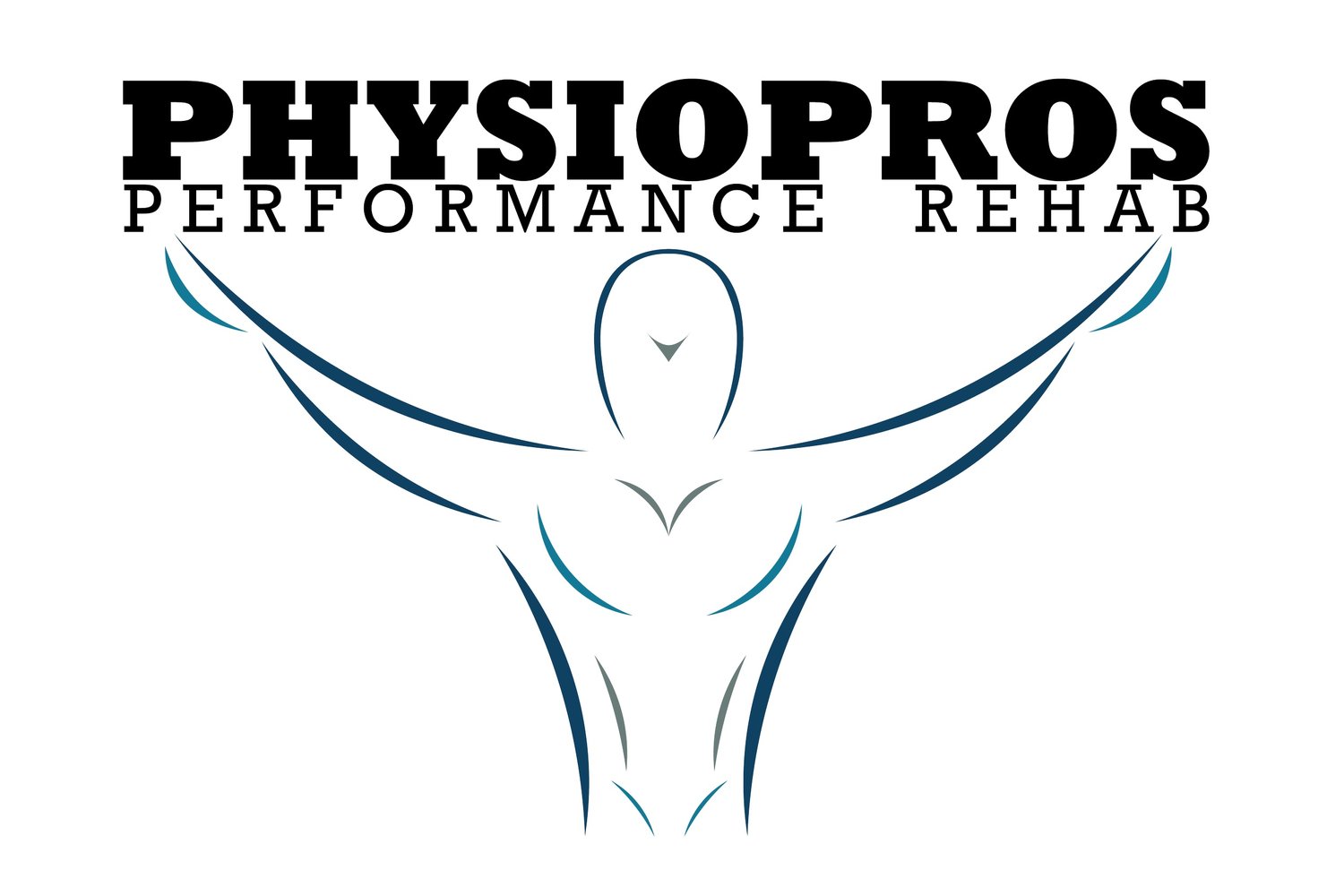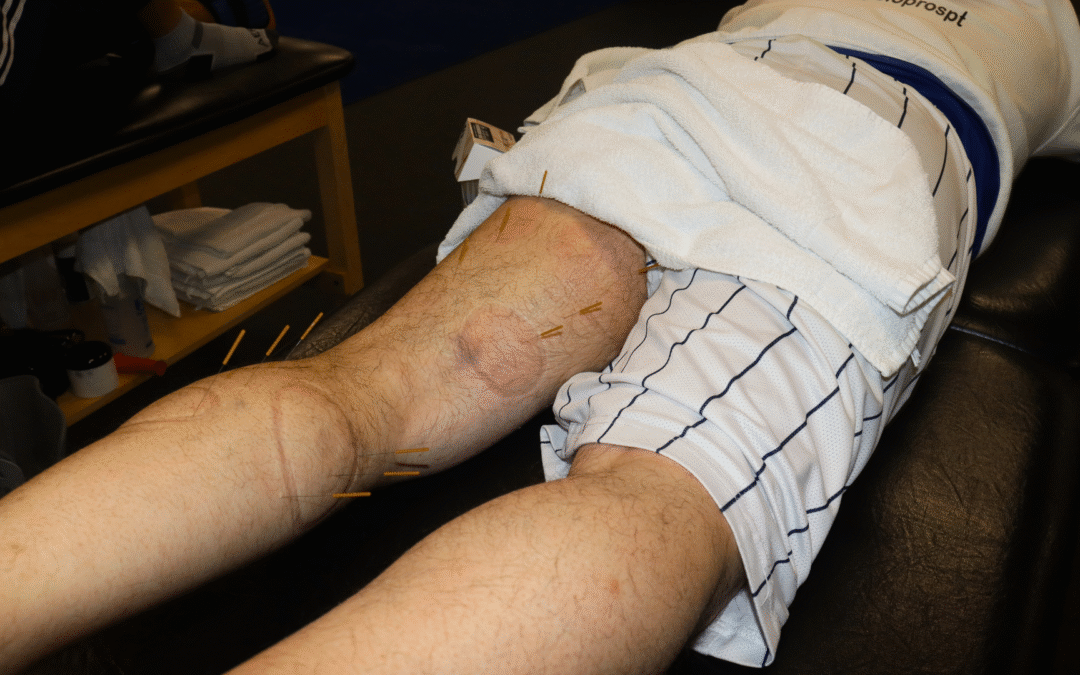What does dry needling do for hamstring strains and tightness?
That nagging pull during runs. The “tight” feeling that never loosens up after sitting. The twinge you brace for on every hinge and RDL. If you’ve been wondering what does dry needling do for hamstring strains and tightness, you’re not alone and you’re in the right place.
At Physiopros Performance Rehab in Parsippany, NJ, we focus on what changes your next workout, not just the next five minutes. We assess how you move, treat what’s actually limiting you, and give you a plan you can stick to.
Fast facts
Tight doesn’t always mean you need more stretching
Protective muscle guarding is common after a strain
Smart loading plus targeted treatment beats “rest and hope”
So, what does dry needling do here?
It helps calm overactive spots in the hamstrings and nearby muscles, reduces that protective guarding, and makes it easier to regain motion and strength. Then, with the right exercises, those gains start to stick.
What a typical session includes
One-hour visit with movement testing
Exercise, stretching, and manual therapy
When appropriate: Dry Needling, Cupping, Soft Tissue Mobilization, Manual Therapy, Joint Manipulation, Joint Mobilization, IASTM, and more.
Who this guide is for
Runners easing back after a hamstring tweak
Lifters who feel a grab during hinges or sprint work
Desk workers with that always-on tightness
Next, we’ll map out when to use dry needling, what to expect in a session, and how to pair it with training so you can get back to comfortable, powerful strides.
When dry needling makes sense (and when it doesn’t)
You want a straight answer. What does dry needling do for stubborn hamstrings? It quiets those overactive spots so you can move better, then it helps your strength work actually stick. But timing matters.
Good fits
Tightness that “warms up” but keeps coming back
A repeat strain that never feels 100%
A grab during hinges, RDLs, or sprint takeoffs
Post-sit stiffness that eases after a few minutes
Tender knots along the hamstring belly or at the sit bone
One leg always tighter or weaker on single-leg work
Hit pause or modify
A loud pop plus quick bruising and swelling
Numbness, tingling, or back-to-leg symptoms you haven’t had checked
On blood thinners or a bleeding disorder (we’ll coordinate first)
Skin infection or open cuts over the area
Pregnancy considerations, positions and sites may change
How we decide (fast)
At Physiopros Performance Rehab in Parsippany, NJ, we screen your hinge, stride, and strength in a few minutes. If dry needling fits, we use it as part of our sessions and immediately follow with the right mobility and exercises so gains don’t fade.
If it’s a go, your micro-plan looks like this
Treat: targeted needling to calm guarding in the hamstring and glute
Move: light hip hinge mobility and easy walking cues
Workout: pain-free isometrics today, eccentric work later this week
Track: stride length, end-of-day tightness, next-day soreness
Next up: what a session actually feels like and how we pair it with training so you can get back to smooth, powerful strides.
Make results stick: needling plus rehab
Dry needling can open the door, but training keeps it open. So, what does dry needling do in the big picture? It reduces guarding so you can actually move and load the hamstring without that reflexive “nope.” Then rehab cements the change.
Mobility you’ll feel right away
Hip hinge rocks to find pain-free range
Supine heel slides with a slow exhale
Gentle neural sliders if you get back-of-leg zings
Short walk or easy spin to keep blood moving
Strength that builds resilience
Isometrics first: long-lever holds at low effort
Eccentrics next: slow-lower bridges, tempo RDLs
Progressions: single-leg work, then add tempo and pauses
Capacity checks: can you control the last 20 degrees of extension?
Coordination that protects speed
Glute timing: bridge to hinge without hamstring cramping
Trunk control: maintain rib-to-pelvis link during hinges
Stride work: tall posture, quick cadence, relaxed lower leg
Add-ons we use as needed
Manual therapy or IASTM for stubborn hot spots
Joint mobilization if the hip or lumbar spine is limiting you
Cupping for short-term relief when training volume climbs
A simple weekly rhythm
Day 1: session with needling, mobility, isometrics, short walk
Day 2: light eccentrics, easy cardio, no max speed
Day 3: rest or mobility only
Day 4: progress loading, add single-leg work
Day 5: optional tempo run or lift if symptoms stay quiet
Track three things: end-of-day tightness, next-morning stiffness, and how confident your hinge feels. If those trend better, you’re on the right path.
Return to running and sport
When you’re ready to ramp up, the goal is simple: move well, then move fast. So, what does dry needling do at this stage? It helps quiet lingering guarding so your stride and hinge feel natural again, then the training does the heavy lifting. Here’s a clean path back to what you love around Parsippany, NJ.
Readiness checklist
Daily life is pain-free (walking, stairs, desk-to-stand)
Long-lever hamstring isometrics feel solid
Eccentric work (bridges, tempo RDLs) is controlled
Side-to-side strength feels close to even
Light hops or skips don’t trigger a “grab”
Running progression (adjust pace to comfort)
Phase 1: Walk–jog
5 × (1 min jog / 1–2 min walk) on a flat path or track
Focus on tall posture and quick, easy steps
Phase 2: Steady build
15–25 min continuous easy run, then add 4–6 relaxed strides
Keep effort conversational; stop before form fades
Phase 3: Tempo touches
10–15 min easy + 2 × 3–5 min comfortably hard (with full easy recoveries)
If tightness creeps in, drop back to easy running
Phase 4: Speed and hills
Short hill pickups or 6–8 × 15–20 sec fast strides on flat ground
Power from the hips, smooth foot strike, no sprinting on day one
Field and court sports
Change-of-direction prep: lateral shuffles, decel to a quiet stop, low cone cuts
Short accelerations: 6–10 reps of 10–20 yards, full walk-back recoveries
Add reaction drills: simple mirror work or ball toss once straight-line speed feels easy
Strength benchmarks to greenlight harder work
RDL or hinge pattern stays smooth through the last 20 degrees
Single-leg bridge holds: 3 × 20–30 sec without cramping
Nordic or slow-lower hamstring work: tolerates 2–3 sets without next-day flare
If a flare shows up
Swap speed day for easy cardio and light eccentrics
Use your mini mobility set and a short walk
Resume the plan when walking and easy jogging feel normal again.
Myths and mistakes
A few common traps slow hamstring rehab. Here’s what to watch for and what to do instead.
Myth: I just need more stretching
Better move: load it. Start with isometrics, then slow eccentrics. Stretching alone won’t build tolerance for running or hinges.Myth: Foam rolling will fix the tightness
Better move: use it briefly, then train. Rolling may help you feel looser, but strength and control keep it that way.Myth: What does dry needling do? It fixes everything by itself
Better move: pair it with a plan. Needling turns down guarding so you can actually move and load; the training cements the change.Mistake: Jumping back to sprints or heavy RDLs too soon
Better move: hit benchmarks first (pain-free isometrics, controlled eccentrics, even single-leg strength), then add speed.Mistake: Ignoring the hips and trunk
Better move: add glute strength and simple trunk control so the hamstring isn’t doing everyone else’s job.Mistake: Skipping ankle mobility
Better move: restore dorsiflexion so your stride and hinge don’t tug the hamstring at end range.Mistake: Big training spikes after a good day
Better move: follow a stepwise build. Two or three solid weeks beat one heroic workout.Mistake: Treating soreness like a setback
Better move: expect workout-like soreness for a day or two after a session. Keep light movement and reassess the next morning.
If you keep bumping into the same snag, get a quick screen. A short tune-up at Physiopros Performance Rehab in Parsippany, NJ can save you weeks of guesswork.
Your next step
Ready to stop guessing and start moving better? If you’ve been asking what does dry needling do for stubborn hamstrings, the fastest way to find out is a focused evaluation and a clear plan.
What happens at your first visit
Movement screen for your hinge, stride, and strength
One-hour session with exercise, stretching, and manual therapy
A simple home and gym plan you can finish in 10–15 minutes
What to bring
The shoes you use most (gym and everyday)
A quick note of what flares the hamstring and what eases it
Your training schedule so we can map progressions
Why book here
One-on-one care in Parsippany, NJ
Practical guidance you can use the same day
A plan that pairs targeted treatment with the right loading so results stick
Small, steady wins add up. Let’s test, treat, and get you back to powerful, comfortable strides.
Book your appointment now
How to schedule
Book online at physioprospt.com or call our clinic for same-week openings
Online: Click here!
Phone: (973) 265-8621
Choose a time that fits your training and work schedule
Ask about direct access and insurance benefits
What happens on day one
Focused movement screen for your hinge, stride, and strength
Treatment in the same visit: exercise, stretching, and manual therapy
When appropriate: Dry Needling, Cupping, Soft Tissue Mobilization, Manual Therapy, Joint Manipulation, Joint Mobilization, or IASTM
A simple home plan you can finish in 10–15 minutes
What to bring
Gym and everyday shoes (and any insoles or braces)
A quick note of what flares the hamstring and what eases it
Your training schedule so we can map progressions
Why book here
One-on-one care in Parsippany, NJ
Practical guidance that fits busy weeks
A plan that answers what does dry needling do for your hamstring and how to keep results with smart training
Let’s test, treat, and get you back to powerful, comfortable strides. Book now!
Finally, follow us on social media
Instagram: https://www.instagram.com/physioprospt/?hl=en
Facebook: https://www.facebook.com/physioprospt0
TikTok: https://www.tiktok.com/@physioprospt?_t=8lfj7ogbgam&_r=1

